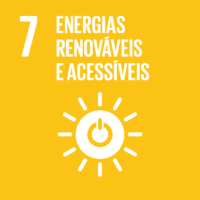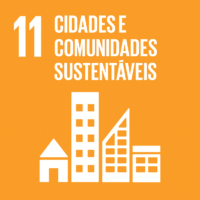Ciência_Iscte
Publicações
Descrição Detalhada da Publicação
Global dwelling: Approaches to sustainability, design and participation
Ano (publicação definitiva)
2020
Língua
Inglês
País
Reino Unido
Mais Informação
Web of Science®
Esta publicação não está indexada na Web of Science®
Scopus
Google Scholar
Esta publicação não está indexada no Overton
Abstract/Resumo
This research is focused on the integration of sustainability and functional performance in architecture. While
having an important contribution in terms of environmental impact, construction solutions also play a significant
role in the reduction of energy use during the use phase of buildings. Therefore a careful, although simple,
analysis of construction solutions integrating environmental and functional performance is needed to support
the decision process in architectural design. A simplified methodology, using an environmental indicator and an
energy-related functional indicator is implemented to assess how a set of construction solutions for external
walls would perform in face of different objectives. The environmental indicator is obtained through the
aggregation of the individual normalized values for the embodied energy and the carbon footprint. The
functional indicator characterizes the energy performance of the wall, by aggregating the individual normalized
values of the heat transfer coefficient and the net superficial thermal mass. These indicators are then integrated
in a final weighted index to allow for a straightforward, yet effective understanding of the environmental impact
of functional construction solutions. The set of construction solutions comprises different materials for cavity as
well as single walls that are common in the building construction sector: ceramic brick masonries, reinforced
concrete, mortar render and plasterboard as internal coating, synthetic or natural materials applied in two
thicknesses for thermal insulation. Different combinations of these materials form the set of 90 heavyweight
external walls that were calculated. Results show that it is possible to select construction solutions with a good
environmental and functional performance. There is however a conflict between the objectives of reducing
embodied environmental impact and increasing thermal inertia. This later may be an important comfort factor
in the cooling season in residential architecture. The proposed methodology can be a comprehensive support
tool to architects at the moment of selecting construction solutions, so that the principles of a sustainable
construction are increasingly becoming a reality in architectural design.
Agradecimentos/Acknowledgements
--
Palavras-chave
Sustainable architecture,Material selection,External walls
Contribuições para os Objetivos do Desenvolvimento Sustentável das Nações Unidas
Com o objetivo de aumentar a investigação direcionada para o cumprimento dos Objetivos do Desenvolvimento Sustentável para 2030 das Nações Unidas, é disponibilizada no Ciência_Iscte a possibilidade de associação, quando aplicável, dos artigos científicos aos Objetivos do Desenvolvimento Sustentável. Estes são os Objetivos do Desenvolvimento Sustentável identificados pelo(s) autor(es) para esta publicação. Para uma informação detalhada dos Objetivos do Desenvolvimento Sustentável, clique aqui.

 English
English




